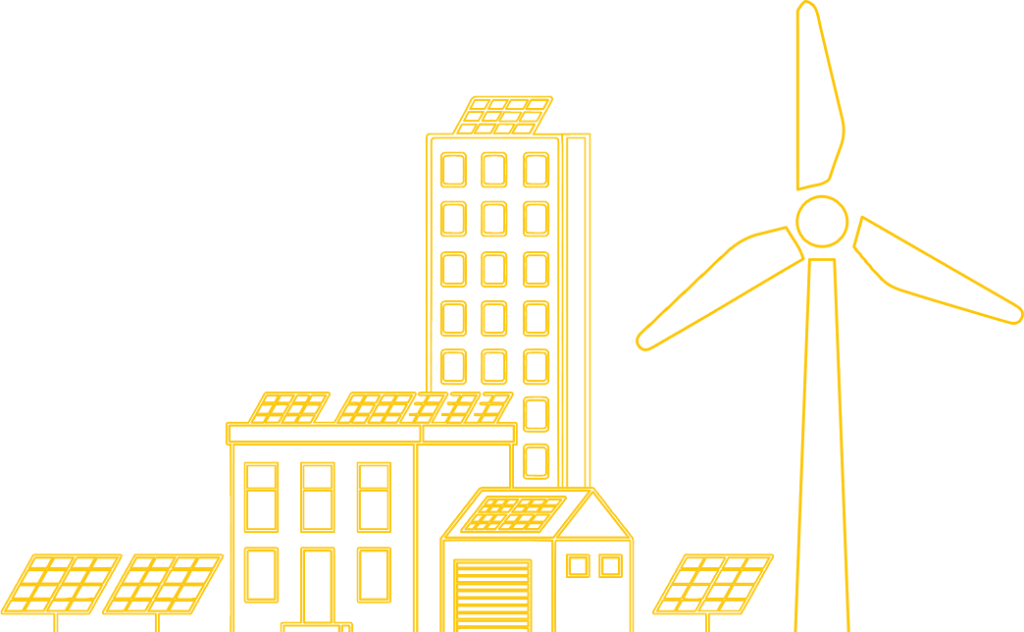Test een paar maanden gratis en neem dan een besluit!
Neem controle over uw netaansluiting
Het wordt steeds volatieler op het elektriciteitsnetwerk. Dat leidt tot hogere kosten en ongenode verassingen. Encast helpt organisaties om met behulp van een automatische piloot door de energietransitie heen te navigeren.

SDE Inzicht


SDE makkelijk gemaakt in een paar simpele grafieken
Vanaf het moment dat uw productiefaciliteit operationeel is, heeft u doorlopend onafhankelijk inzicht en controle nodig over de ontwikkeling van uw SDE+(+)-project. Grote projectontwikkelaars doen dit zelf, bij kleinere projecten gebeurt dit vaak door de installateur of energieadviseur.
Voor elke SDE-beschikking zon en wind geven wij een verwachting weer gedurende de looptijd van uw beschikking. Als u ons machtigt om toegang te krijgen tot uw meetdata, geven wij u een helder overzicht van de verwachting voor uw subsidie en de daadwerkelijke opbrengsten van uw project.
U heeft zo doorlopend een betrouwbare inzage in de resultaten en performance van uw asset(s). Op basis hiervan kunt u bijvoorbeeld bij hoge marktprijzen tijdig besluiten uw SDE-voorschot stop te zetten of juist weer aan te vragen als de prijzen sterk dalen.
Deze inzage is ook belangrijk om bijvoorbeeld curtailment goed toe te kunnen passen. Curtailment is het afschakelen van zonnepanelen, wanneer stroom produceren teveel geld kost omdat het net te vol zit met stroom.
Informatie over de SDE-vergoeding
De SDE vergoeding bestaat uit een paar belangrijke elementen:
- Het basisbedrag en de basisprijs. Deze staan vast voor de hele looptijd;
- Het banking mechanisme. Eventuele overschotten of tekorten mag u onder voorwaarden meenemen naar volgende jaren;
- Het voorlopige correctiebedrag en de voorlopige GVO-waarde die in september voor aanvang van elk kalenderjaar worden bepaald en het definitieve correctiebedrag en de definitieve GVO-waarde die achteraf in het opvolgende jaar in april wordt vastgesteld.
Uw toegekende SDE geeft tijdens de looptijd een gegarandeerde opbrengst per MWh. De looptijd is vijftien jaar en geldt voor zon- en windenergie.
De SDE-subsidie wordt gewoonlijk voor aanvang van een project aangevraagd. De hoogte van de SDE-vergoeding is gelinkt aan de marktprijs. Is de marktprijs laag? Dan heeft u recht op meer SDE-subsidie over uw opwek. Is de marktprijs hoog? Dan heeft u minder of zelfs géén recht op SDE-subsidie.
Elk jaar vindt achteraf een verrekening plaats over de eerder -vooruitbetaalde- voorschotten. Door afwijkingen in het definitieve correctiebedrag en de daadwerkelijke productie gaat het vaak om grote bedragen.
Beter inzicht
Omdat de elektriciteitsmarkt gefragmenteerd is en bestaat uit veel schakels, zijn fouten snel gemaakt. Het is dus belangrijk om de verrekening zelfstandig goed te controleren. Met de diensten van Encast heeft u niet alleen doorlopend inzicht maar kunt u de verrekening ook snel en onafhankelijk controleren.
In 2022 lag de marktprijs dermate hoog dat enkel installaties met een SDE beschikking van vóór 2012 recht hadden op een SDE vergoeding. Curtailment kan dan, bij negatieve prijzen, het beste meteen worden toegepast.
Qua volume moet u wat curtailment betreft rekening houden met de voor de SDE toegestane jaarlijkse productie, het basisbedrag en het verwachte correctiebedrag. Produceert uw installatie te veel? Dan is het bij negatieve prijzen interessant curtailment toe te passen.
Copyright 2023

